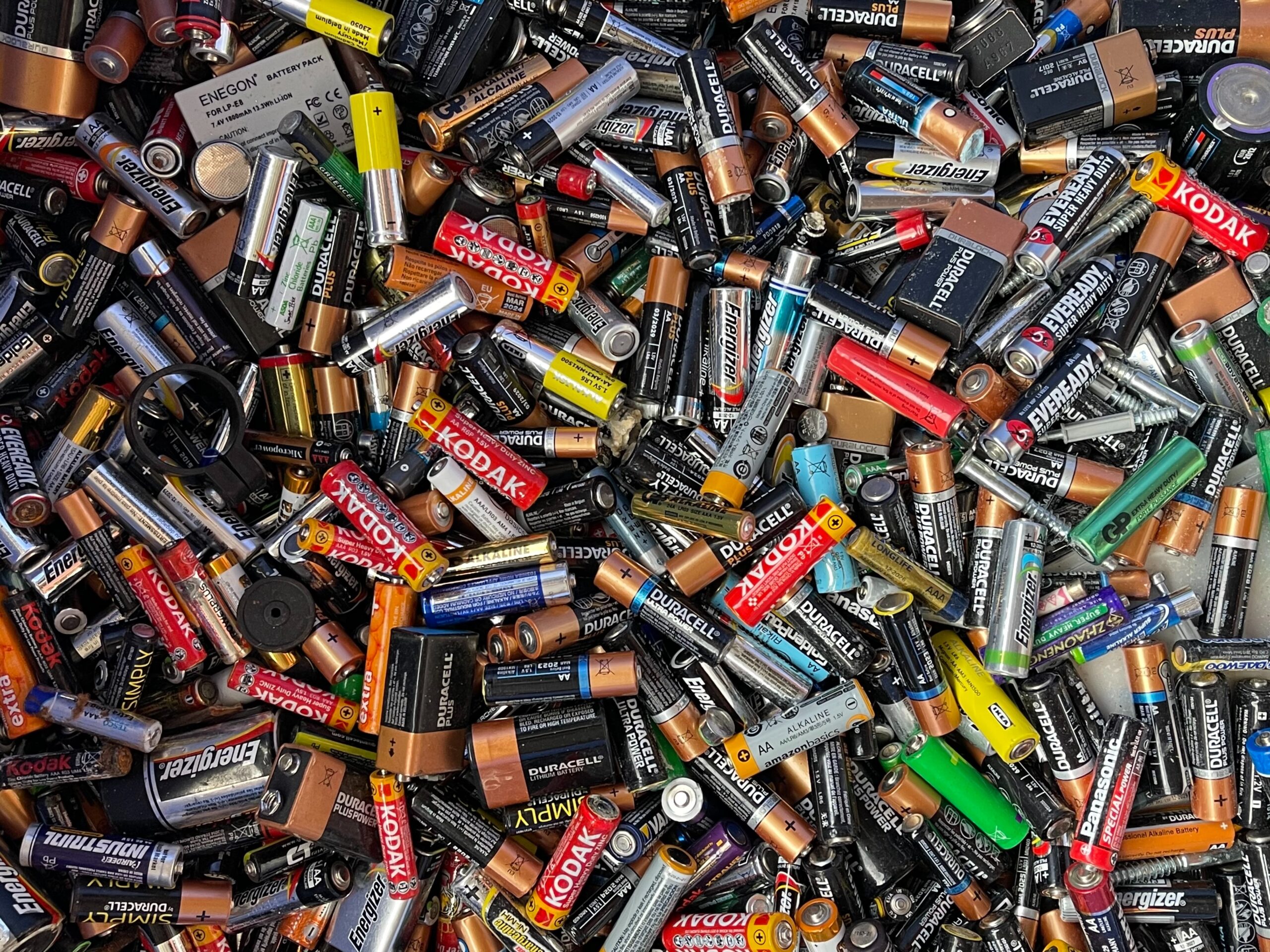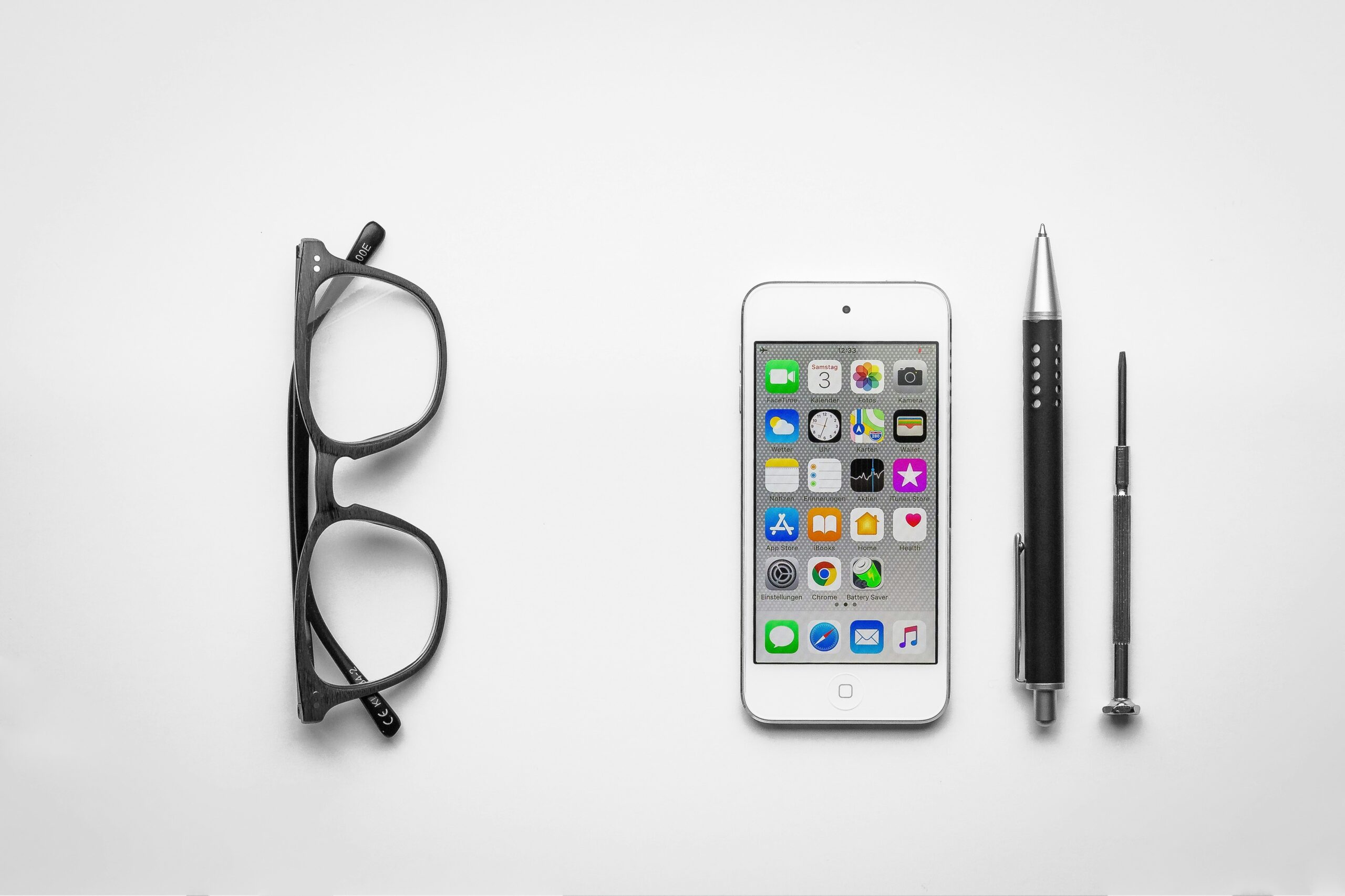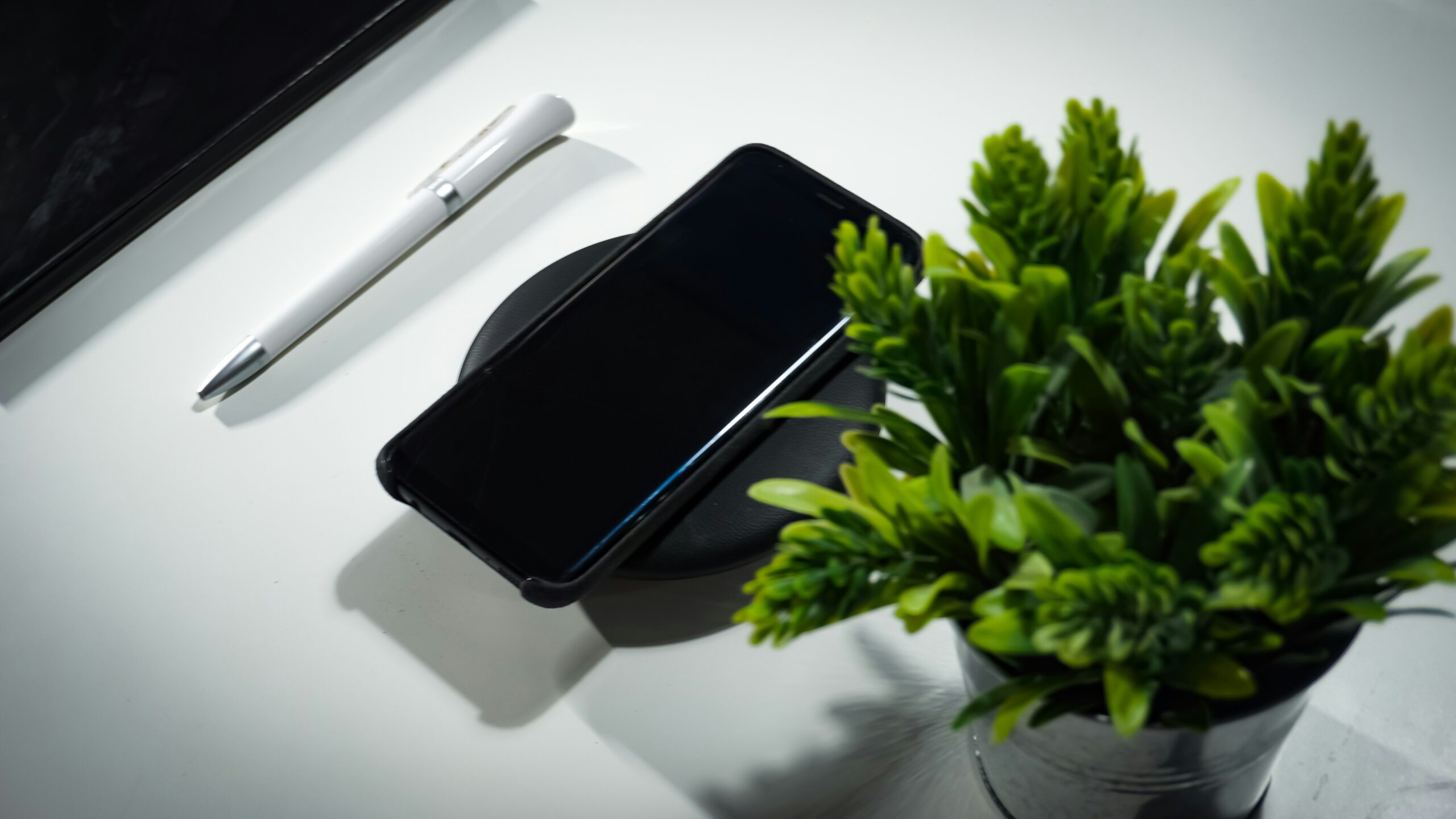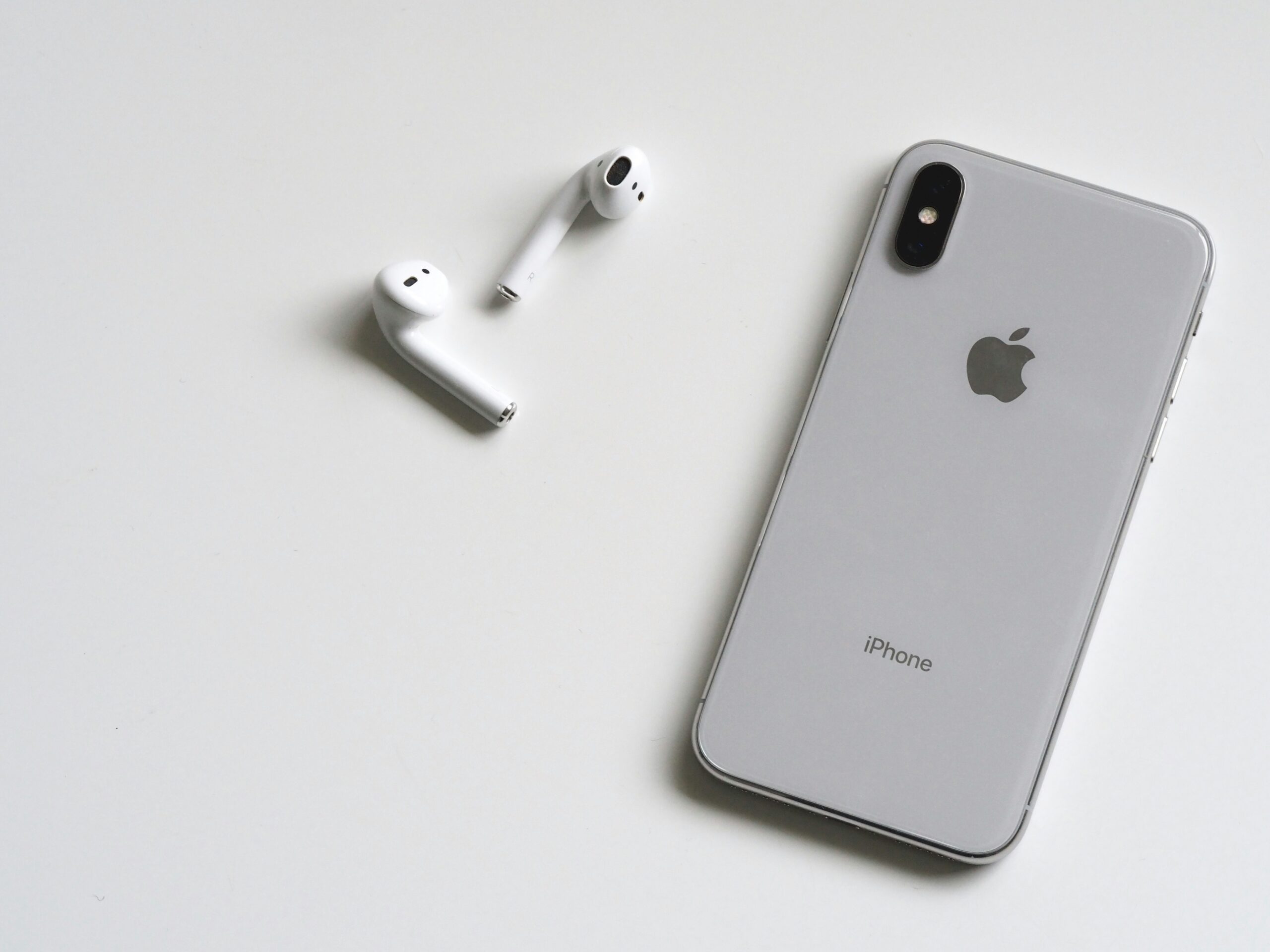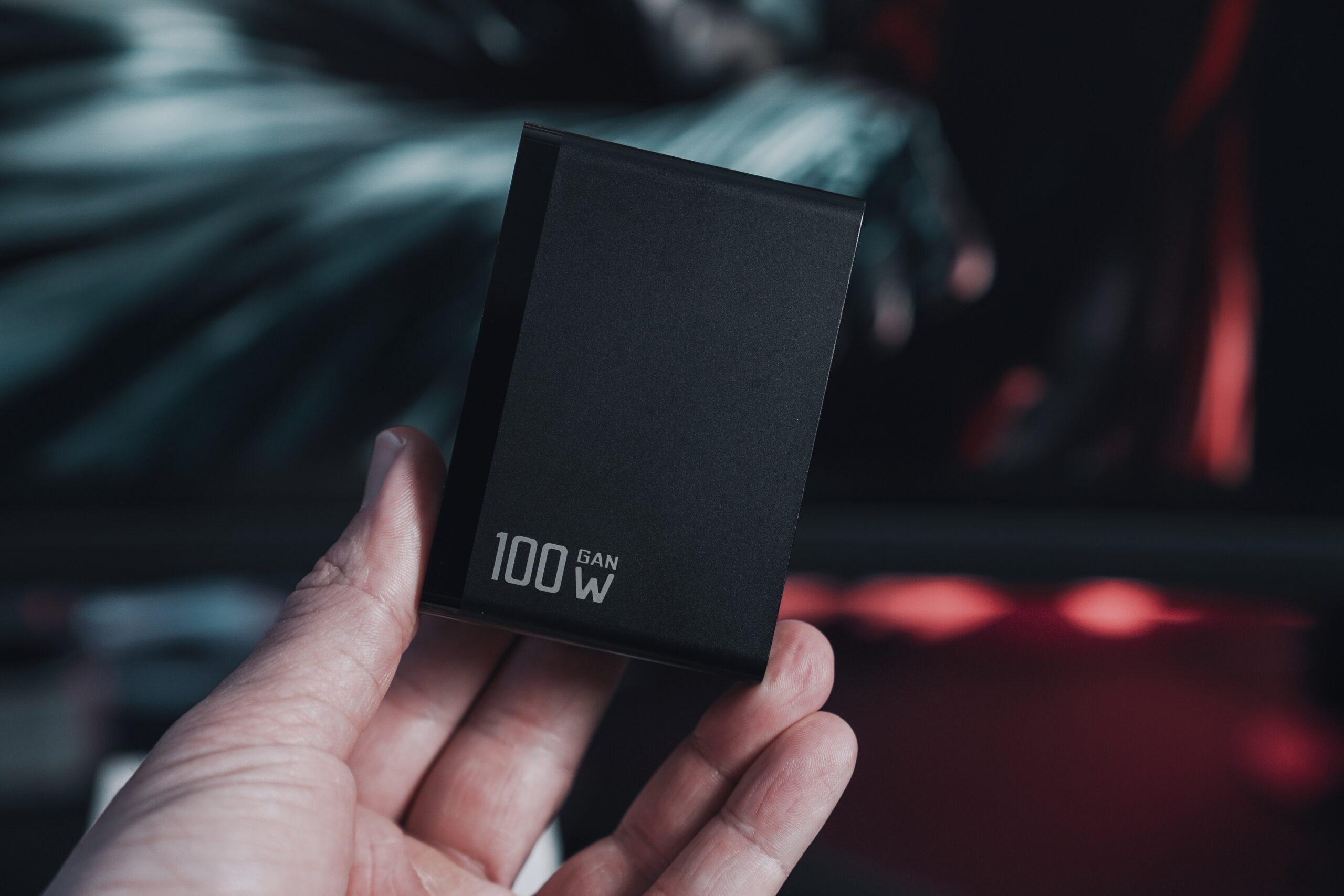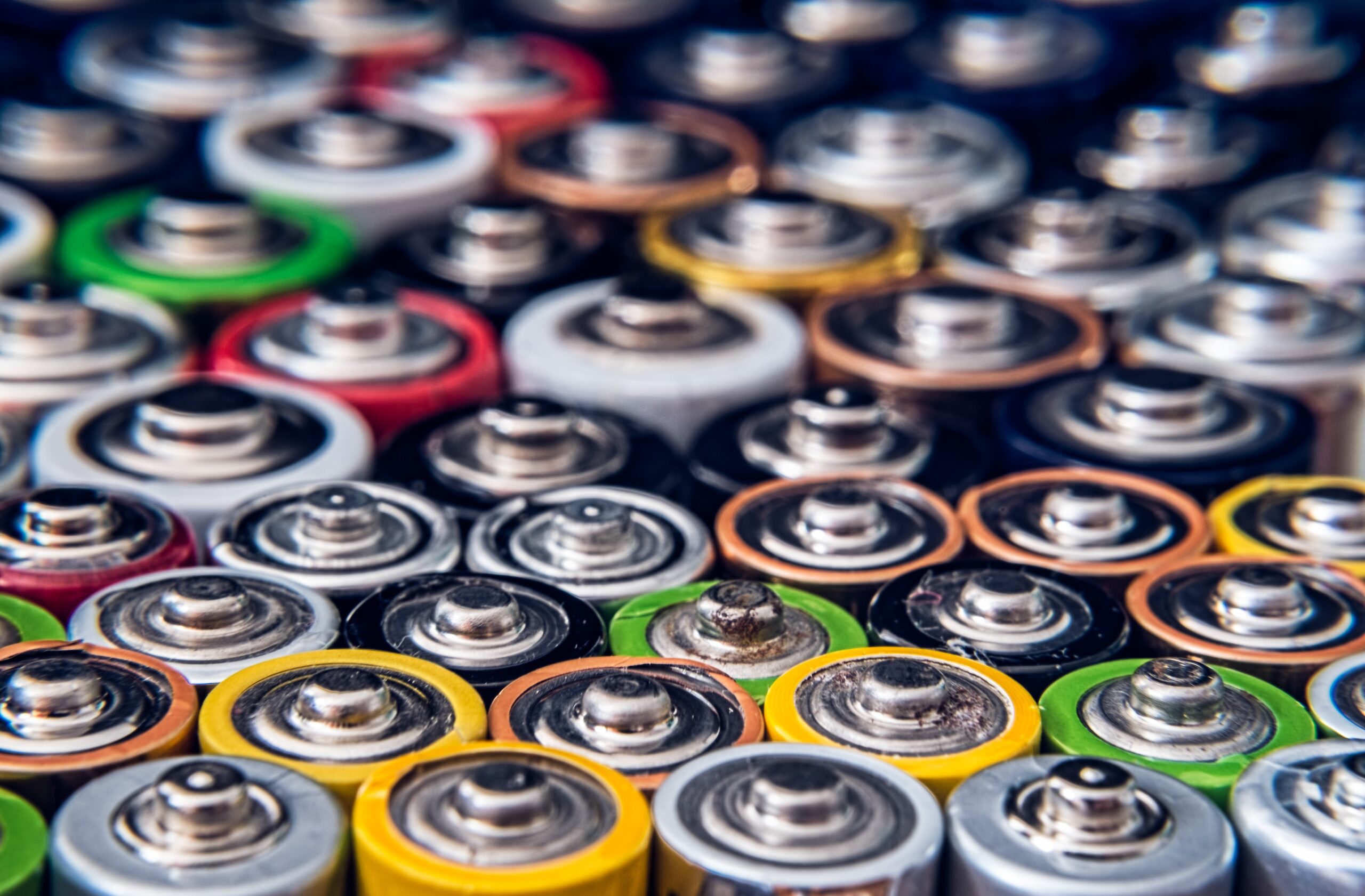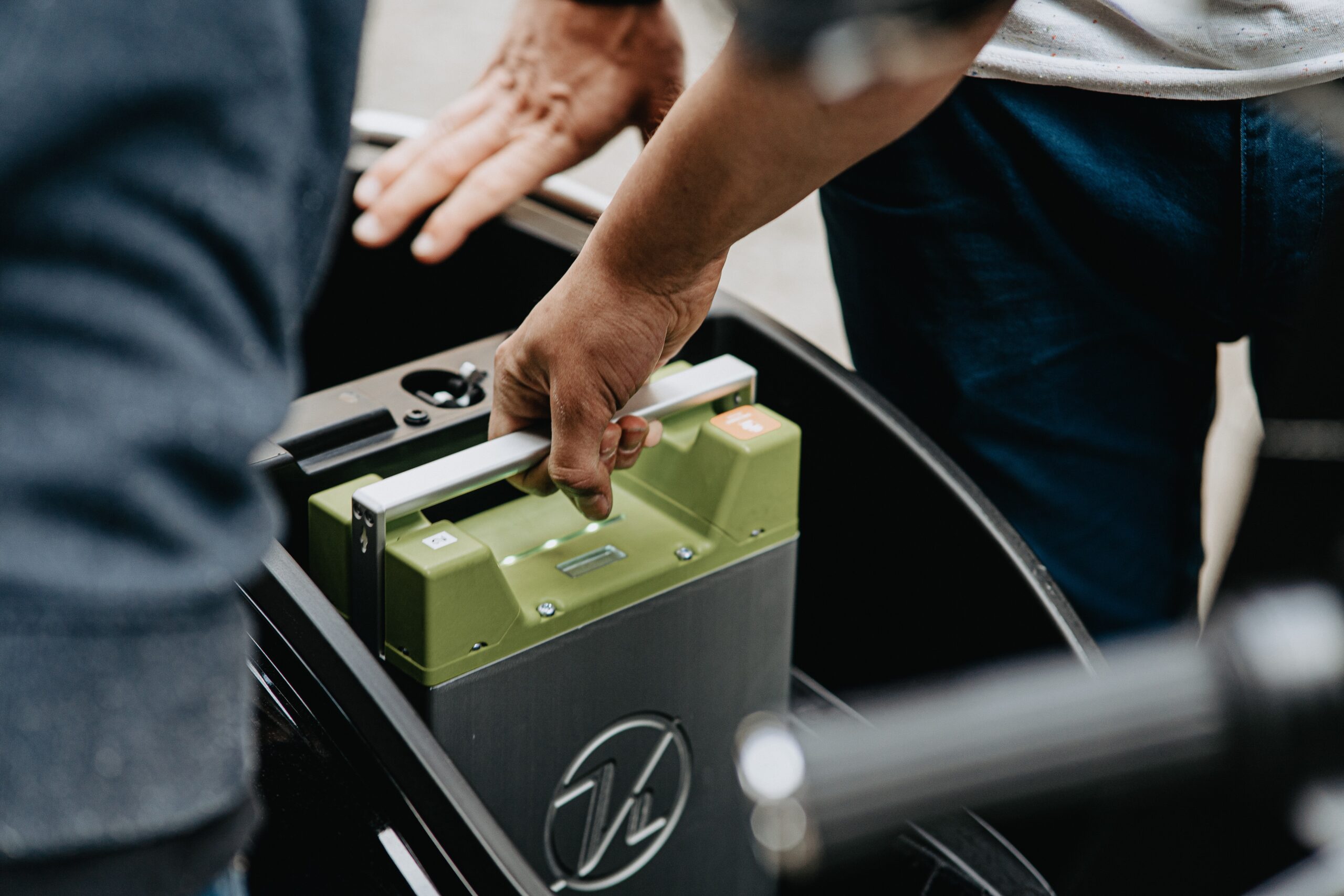Understanding Flooded Batteries Their Function
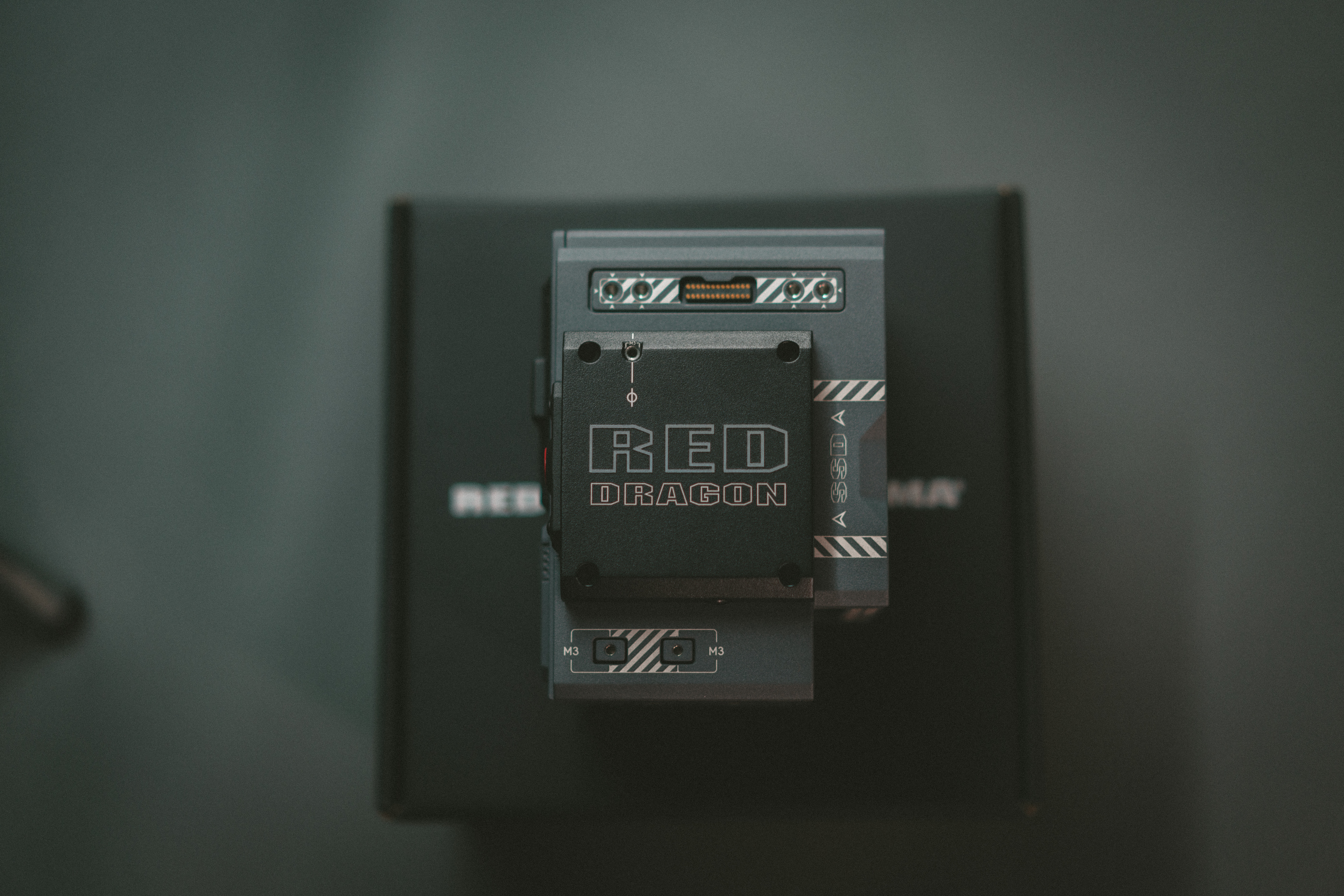
When it comes to batteries, there are several types in the market, each with its unique features and uses. In this article, we will focus on one type of battery in particular – the what is a flooded battery. If you’re not familiar with it, don’t worry; we’ve got you covered. By the end of this article, you’ll understand how a flooded battery functions and how to charge it optimally at 12v flooded battery charging voltage for optimal performance.
A flooded battery, also known as a wet-cell battery, is a type of lead-acid rechargeable battery. These batteries consist of lead plates submerged in an electrolyte solution of sulfuric acid and water. Flooded batteries are commonly utilized in automotive vehicles, marine vessels, and renewable energy storage applications.
Understanding how flooded batteries function is essential in getting the most out of them. So, without further ado, let us begin our journey in comprehending what a flooded battery is and how it works.
What is a Flooded Battery?
A flooded battery is a type of lead-acid battery that contains a liquid electrolyte that is free to flow around the internal parts of the battery. The construction of a flooded battery includes a series of lead plates immersed in the electrolyte, which generates electricity through chemical reactions.
Flooded batteries are known for their reliability and durability. They can sustain high discharge rates, making them suitable for use in vehicles and other machinery that require a significant amount of power to function.
Compared to other types of batteries, flooded batteries are relatively inexpensive and can last for many years with proper maintenance. They are also highly resistant to overcharging and can recover well from deep discharge cycles.
However, flooded batteries require regular maintenance to ensure that the electrolyte remains topped up and at the correct concentration. Over time, the electrolyte in a flooded battery can evaporate, which can damage the internal components and lead to reduced performance.
In conclusion, flooded batteries are a reliable and cost-effective option for powering vehicles and other machinery. They require regular maintenance to achieve optimal performance, but with the right care, they can last for many years.
12V Flooded Battery Charging Voltage: Best Practices
Proper charging of flooded batteries is vital to ensure optimal performance and long-lasting durability. The recommended charging voltage for 12V flooded batteries is between 2.25 and 2.30 volts per cell, or between 13.5 and 13.8 volts for a 12V battery.
It is important to note that overcharging and undercharging can both be damaging to the battery. When charging the battery, monitor the voltage level and adjust the charging rate as necessary. For instance, if the voltage level drops below 12.4 volts, a trickle charge of 1-2 amps is recommended.
Additionally, it is essential to avoid charging the battery too quickly or at too high of a voltage, as this can lead to overheating and plate corrosion. The charging process should be gradual, with a charge rate of no more than 10% of the battery’s amp-hour rating.
Regular maintenance and attention to charging techniques are crucial for extending the lifespan of a flooded battery. Keep the battery clean and ensure the charging equipment is in good working condition. If you notice any signs of damage or deterioration, such as cracks in the battery casing or leaks, replace the battery immediately.
By following these best practices for charging flooded batteries, you can maximize the battery’s performance and lifespan, saving you time and money in replacement costs and preventing potential hazards.


